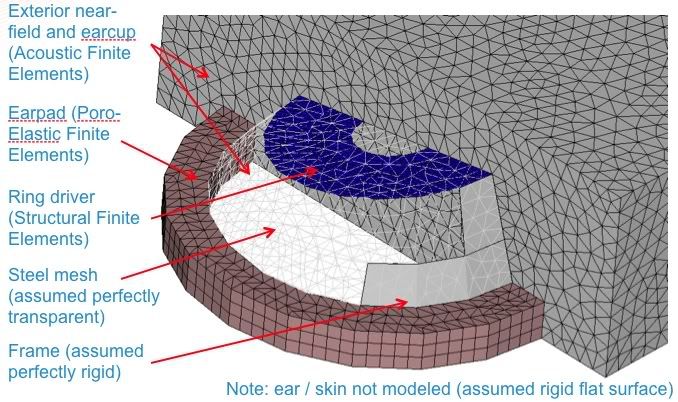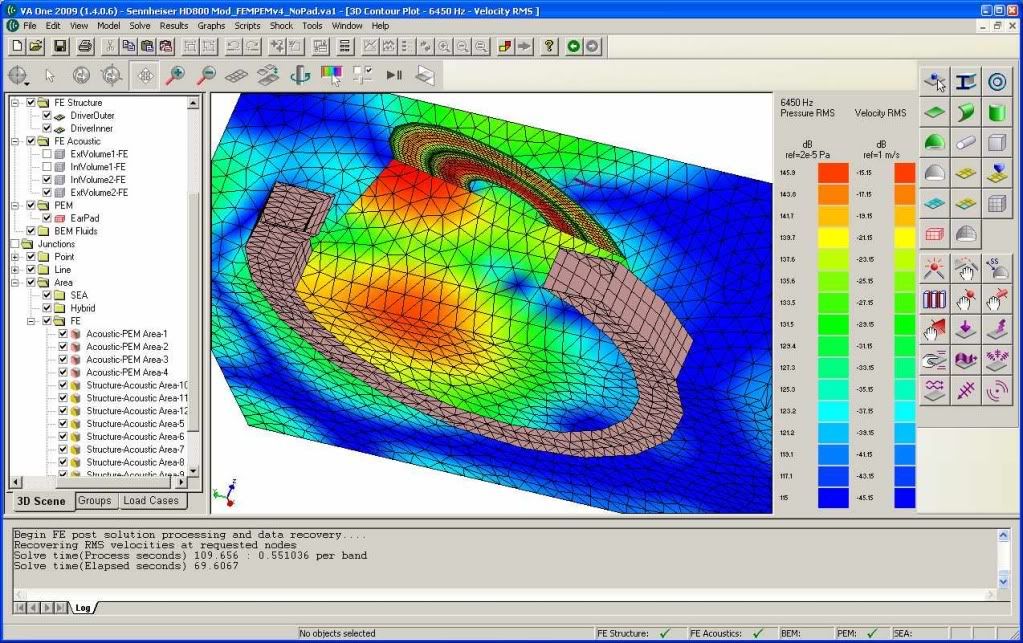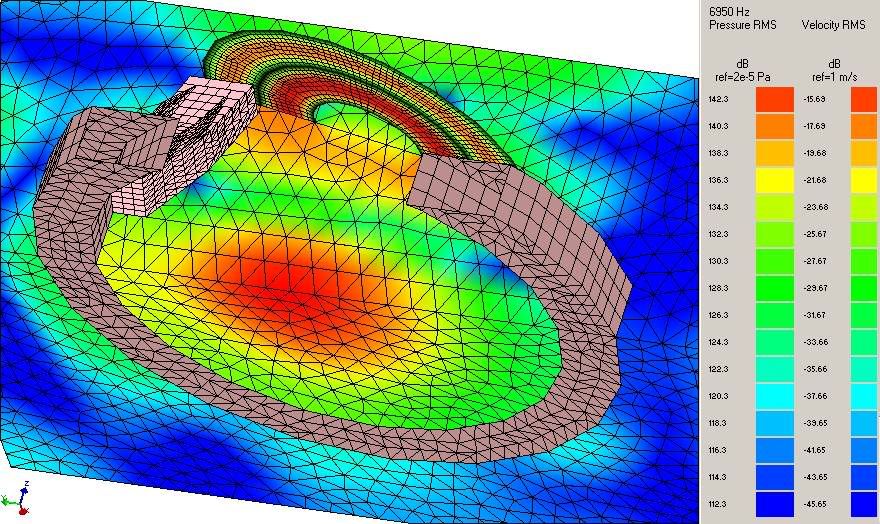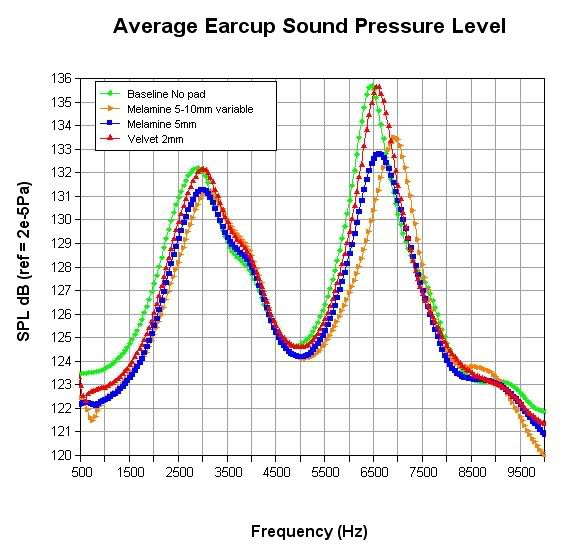- Joined
- Nov 26, 2002
- Posts
- 2,994
- Likes
- 1,492
Introduction:
Although I started posting about this in another thread, the ultimate goal is different so I thought this should deserve its own. The objective of this discussion is to highlight one potential area where the HD800 design can be improved upon, namely it's rendering of soundstage and tonal balance.
The idea started after reading about the modification proposed by Jazz: http://www.head-fi.org/forums/f4/wan...sy-mod-464042/
Actually, the first person who intimidated the thought that HD800 design, although extremely well executed, could be improved upon is iPodJ: http://www.head-fi.org/forums/f4/hd8...thread-446585/ However I was not convinced as I could not find much credibility in the idea: About iPodJ's mod . The mod was really low tech and cheap, which also contributed to it being dissed (such stark contrast to the high tech nature of the HD800 and a bit of an insult to years of R&D work that had been done).
There is one interesting thing to note though: the head of Sennheiser's acoustic design team, Axel Grell admitted that they at least thought about voicing the headphone differently for various markets: What Hi-Fi? Sound and Vision - Blogs "He notes that different countries can prefer different sounds, too, but decided not to explore an idea to offer alternative versions of the HD800 'tuned' for specific markets around the world. ". To me, it means that the voicing of a headphone is always a compromise and one headphone, however how technically good it is, may not be the end of all to each and every one.
My goal with the mod was originally to shift the tonal balance of the HD800 to a slightly warmer presentation as my not so stellar recording would not all be enjoyable to listen to through the HD800. I also tried to bring technical justifications as to why the modification is reasonable as you can read in the 3 posts here: Original foam mod
Final version of the melamine foam mod:
Since posting in Jazz's thread, I have digged a little further and Jazz has also been experimenting with my proposed modification. It turns out Jazz noticed bloating of the bass with the variable thickness foam pad which I proposed. I noticed it after Jazz brought it to my attention and decided to play further with the pad thickness. I settled down with a 5mm constant thickness pad of the same shape as originally proposed Original foam mod. It turns out the 5mm pad is the best compromise. There's no loss of detail from the stock headphone and, more importantly, no perceived degradation in the bass region. The highs are clearly more natural (particularly splash of cymbals and sibilant on voices) with slightly warmer tonal balance than the stock HD800.
3D Finite Element Simulation:
At the same time I was experimenting with the melamine pad thickness, I created a bit more involved simulation model. I performed 3D finite element simulations of the HD800 and foam mods to see if I could get some insight into why the mod is necessary. I wanted to share a few pictures here with those technically enclined to it (for those who could not care less, then just go directly to your drugstore, buy some melamine sponge and start experimenting! I want to hear your thoughts!)
This is the Finite Element model of baseline headphone. It's a concept model with approximate geometry but probably fine enough for basic simulation:

This is a plot showing the distribution of sound pressure level in the earcup in the baseline configuration, you can see reflection off the frame and observe that sound field is dissymmetrical. I am not sure about this but have a feeling this contributes to the HD800 "fuzziness". The soundstage is very wide and deep but placement is not so precise in stock configuration . I think reflections off the frame can be a cause for this:

This is the model with variable thickness melamine pad and impact on SPL distribution, we can see clear improvement:

Finally, this is the average SPL in the earcup as function of frequency. While the resonance observed at 3kHz may be an artifact of the model, the one at 6500Hz is very plausible and would explain why the headphone can sound tinny with some recordings. As you can see, the 5mm melamine pad clearly drops the peak, by almost 3dB. When listening to the headphone, we can feel it, it has become much more natural sounding in the highs:

Conclusion:
Considering the tonal characteristics of the HD800 stock headphone and stock cable, I believe Sennheiser was shooting for the most transparent sound possible, at the price of making it ruthlessly revealing of poor quality recordings and / or faulty upstream components.
I personally appreciate a slightly more relaxed presentation while I totally dig the extreme resolution and cleanliness of HD800 headphone. With a $5 melamine sponge you can address one potential shortcoming of HD800 design or at least tune its tonal balance to a warmer presentation.
I have personally settled with the 5mm thick foam pad covering the area of the frame at the back of the earcup. I have tried to provide some technical justification for the modification, althouth ultimately what matters is the sound of the HD800. Basically, the effect of melamine foam is very noticeable so I encourage anyone who feels like it to start experimenting and report their thoughts!
Happy Listening,
Arnaud
Although I started posting about this in another thread, the ultimate goal is different so I thought this should deserve its own. The objective of this discussion is to highlight one potential area where the HD800 design can be improved upon, namely it's rendering of soundstage and tonal balance.
The idea started after reading about the modification proposed by Jazz: http://www.head-fi.org/forums/f4/wan...sy-mod-464042/
Actually, the first person who intimidated the thought that HD800 design, although extremely well executed, could be improved upon is iPodJ: http://www.head-fi.org/forums/f4/hd8...thread-446585/ However I was not convinced as I could not find much credibility in the idea: About iPodJ's mod . The mod was really low tech and cheap, which also contributed to it being dissed (such stark contrast to the high tech nature of the HD800 and a bit of an insult to years of R&D work that had been done).
There is one interesting thing to note though: the head of Sennheiser's acoustic design team, Axel Grell admitted that they at least thought about voicing the headphone differently for various markets: What Hi-Fi? Sound and Vision - Blogs "He notes that different countries can prefer different sounds, too, but decided not to explore an idea to offer alternative versions of the HD800 'tuned' for specific markets around the world. ". To me, it means that the voicing of a headphone is always a compromise and one headphone, however how technically good it is, may not be the end of all to each and every one.
My goal with the mod was originally to shift the tonal balance of the HD800 to a slightly warmer presentation as my not so stellar recording would not all be enjoyable to listen to through the HD800. I also tried to bring technical justifications as to why the modification is reasonable as you can read in the 3 posts here: Original foam mod
Final version of the melamine foam mod:
Since posting in Jazz's thread, I have digged a little further and Jazz has also been experimenting with my proposed modification. It turns out Jazz noticed bloating of the bass with the variable thickness foam pad which I proposed. I noticed it after Jazz brought it to my attention and decided to play further with the pad thickness. I settled down with a 5mm constant thickness pad of the same shape as originally proposed Original foam mod. It turns out the 5mm pad is the best compromise. There's no loss of detail from the stock headphone and, more importantly, no perceived degradation in the bass region. The highs are clearly more natural (particularly splash of cymbals and sibilant on voices) with slightly warmer tonal balance than the stock HD800.
3D Finite Element Simulation:
At the same time I was experimenting with the melamine pad thickness, I created a bit more involved simulation model. I performed 3D finite element simulations of the HD800 and foam mods to see if I could get some insight into why the mod is necessary. I wanted to share a few pictures here with those technically enclined to it (for those who could not care less, then just go directly to your drugstore, buy some melamine sponge and start experimenting! I want to hear your thoughts!)
This is the Finite Element model of baseline headphone. It's a concept model with approximate geometry but probably fine enough for basic simulation:

This is a plot showing the distribution of sound pressure level in the earcup in the baseline configuration, you can see reflection off the frame and observe that sound field is dissymmetrical. I am not sure about this but have a feeling this contributes to the HD800 "fuzziness". The soundstage is very wide and deep but placement is not so precise in stock configuration . I think reflections off the frame can be a cause for this:

This is the model with variable thickness melamine pad and impact on SPL distribution, we can see clear improvement:

Finally, this is the average SPL in the earcup as function of frequency. While the resonance observed at 3kHz may be an artifact of the model, the one at 6500Hz is very plausible and would explain why the headphone can sound tinny with some recordings. As you can see, the 5mm melamine pad clearly drops the peak, by almost 3dB. When listening to the headphone, we can feel it, it has become much more natural sounding in the highs:

Conclusion:
Considering the tonal characteristics of the HD800 stock headphone and stock cable, I believe Sennheiser was shooting for the most transparent sound possible, at the price of making it ruthlessly revealing of poor quality recordings and / or faulty upstream components.
I personally appreciate a slightly more relaxed presentation while I totally dig the extreme resolution and cleanliness of HD800 headphone. With a $5 melamine sponge you can address one potential shortcoming of HD800 design or at least tune its tonal balance to a warmer presentation.
I have personally settled with the 5mm thick foam pad covering the area of the frame at the back of the earcup. I have tried to provide some technical justification for the modification, althouth ultimately what matters is the sound of the HD800. Basically, the effect of melamine foam is very noticeable so I encourage anyone who feels like it to start experimenting and report their thoughts!
Happy Listening,
Arnaud







